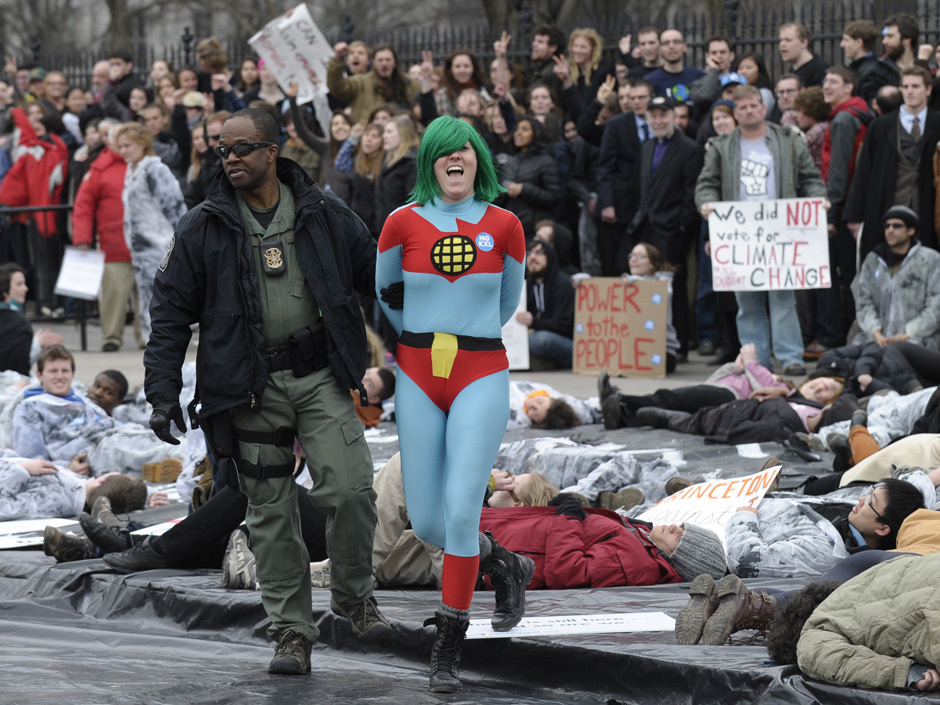Ordinarily, it’s pretty hard for gas companies to lay pipe through taxpayer-protected parkland. But less than a month after Sandy, ethically embattled and all-around-reasonable guy Rep. Michael Grimm pushed a law through Congress granting an energy company the right to do just that. At the time, the giveaway went mostly unremarked in the Rockaways. “People had just been flooded,” says Clare Donohue of the Sane Energy Project, which opposes the new pipeline. “They were displaced. They had more immediate fish to fry.”
That’s an appropriate phrase for shooting flammable gas through the ocean, because pipelines like these have an astounding tendency to explode. Over the last five years, transmission lines like the Rockaway Project have had 17 “serious incidents,” the federal regulator’s term for cases involving death or in-patient hospitalization.
Add in the “significant incidents,” those involving an explosion, damages of more than $50,000, or the release of a significant amount of liquid, and you’re looking at 367 incidents in the last five years, causing 82 injuries and more than $684 million in damages.
How bad can it be? To date the most spectacular explosion of a pipe like this is probably the 2010 San Bruno explosion, which flattened 35 houses in a suburban subdivision, killing eight people and carving out a crater 167 feet long and four stories deep. The explosion registered with the U.S. Geological Survey as a 1.1 magnitude earthquake.
Read More | "A Massive Rockaway Gas Pipeline is Being Built Right Under Our Beaches" | Nick Pinto | Gothamist
